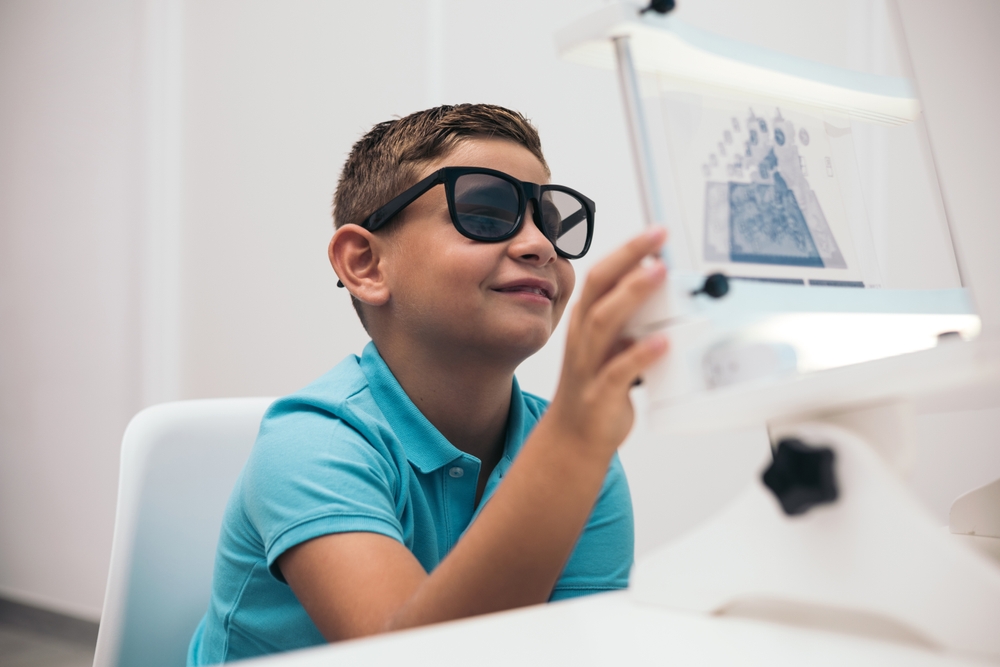
Your eyes are incredible, but sometimes they need extra help to function better. That is where vision therapy steps in. It is not about making your eyesight sharper. Instead, it helps your brain and eyes work better as a team.
Vision therapy benefits children struggling in school, those with lazy eyes, or people recovering from head injuries.
How Vision Therapy Works
Vision therapy is like physical therapy but for your eyes. You do not just sit back and let things happen. You actively take part in exercises designed to improve specific eye functions. Some of these exercises help you follow moving objects with your eyes.
Others focus on improving your ability to shift focus between near and far objects. You might also work on seeing in 3D and using both eyes together effectively.
Patients do these exercises at an eye doctor’s office. Your doctor may use tools like lenses, prisms, or computer programs to guide the treatment. The doctor will ask you to continue practicing at home, too.
Vision therapy often requires several sessions over a few months to see results. However, many people find it is worth the time and effort. Once the treatment starts working, activities like reading, working, and playing sports may become much more accessible.
Who Benefits from Vision Therapy?
While it is common for children, adults can benefit from vision therapy. Children who struggle with reading or writing may find their school performance improves after vision therapy. Adults who suffer from frequent headaches due to computer work may also experience relief. People with lazy or crossed eyes are also typical candidates for this therapy.
Eye teaming and focusing problems are other issues that vision therapy can address. Even if you have perfect 20/20 vision, you might still have visual coordination problems that this therapy can fix. It is about how clearly you see and how well your eyes and brain work together.
What to Expect from a Vision Therapy Session
Your first visit will involve a thorough eye exam. To develop a treatment plan, the eye doctor must know exactly what is wrong with your vision. Each session will be tailored to your specific needs based on the results of this exam.
You might wear special glasses or look through prisms during a typical session. You may also need to follow moving objects with your eyes or even play video games designed to train your vision.
Most sessions last about an hour. Your doctor will likely give you eye exercises to practice at home. Doing this “homework” is crucial to achieving the best results.
Does Vision Therapy Work?
Yes, vision therapy can be very effective for many people. Results will vary from person to person. Some people notice improvements quickly, while others may take longer to experience the benefits.
Many people report life-changing results from vision therapy. For example:
Kids who struggle with reading may find staying focused and improving their grades easier.
Adults might notice that headaches caused by eye strain start to disappear.
Athletes often report better hand-eye coordination, making sports more enjoyable and easier to play.
A Clear Path Forward
Vision therapy is not about making your eyesight sharper but helping your eyes and brain work together better. Vision therapy offers real solutions if you struggle with reading, focus, or coordination.
Consulting an eye doctor who specializes in vision therapy is the first step. They can help you determine whether this therapy is right for you. With time and commitment, many people see significant improvements that help them navigate daily life more easily and comfortably.
For more on vision therapy, visit Eyes & Optics at our Farmington Hills, Michigan, office. Call (248) 788-1610 to schedule an appointment today.
https://www.betterhealth.vic.gov.au/health/conditionsandtreatments/vision-therapy









